|
|
|
|
|
|
|
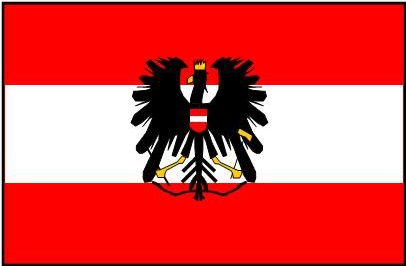 Austro-Hungaria
|
10cm FeldHaubitze M 14 - M 14/19 |
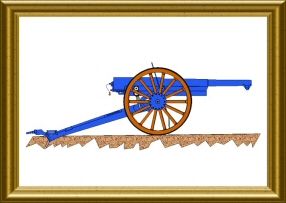 Light artillery
|
|
|
Contributor :
|
Location :
France
Verdun (55)
Cimetière du Faubourg Pavé
Coordinates :
Lat : 49.16500 / Long : 5.40470
|
General comments on this surviving gun :
Identical items in the same location :
3
Items covered by this file :
3
|
|
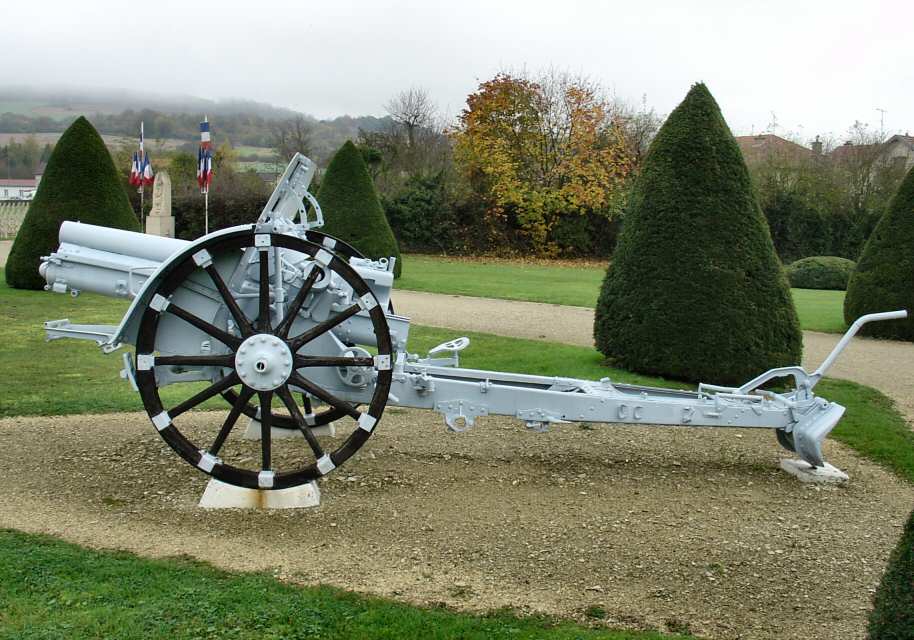
|
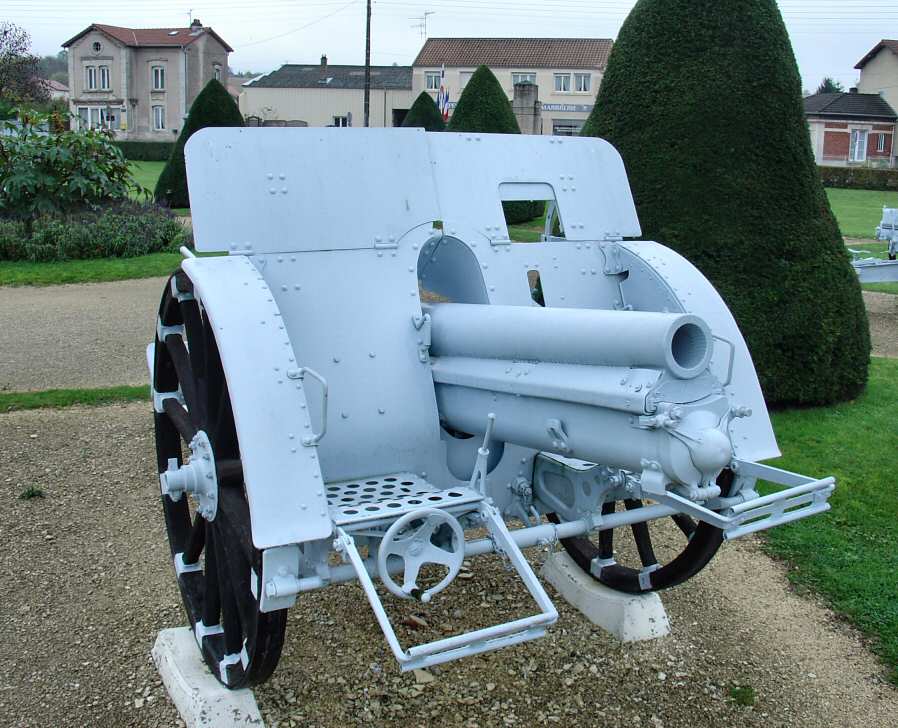
|
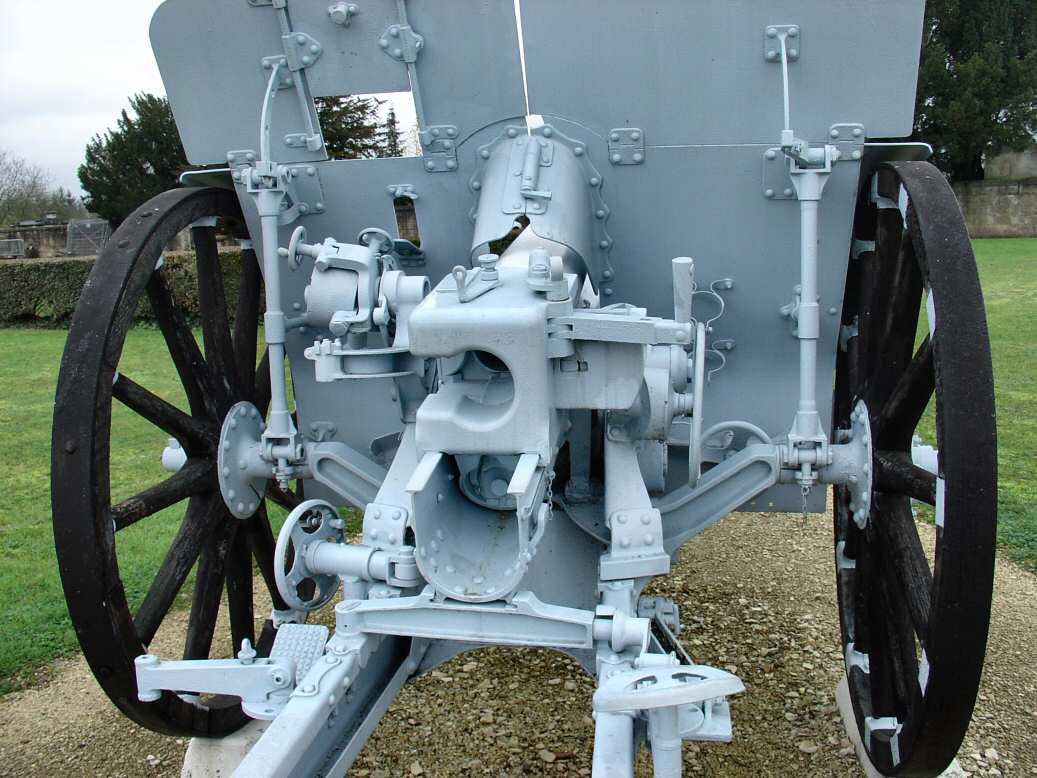
|
There are 3 similar weapons in this graveyard. The presence of these Austrian howitzers on the Verdun front might be explainable as being captured material used by Italian units in France
|
Front view on the shield. Markings are barely visible under a thick layer of blue paint
|
Rear view on the aiming devices and the breech.
|
|
|
Historic and technical information
|
|
Denomination :
10cm M 14 FH
|
Origin :
 (
Skoda)
(
Skoda)
|
|
Historic context :
Months after its introduction, the Austro-Hungarian 10cm M99 light field howitzer was surpassed by the progresses of the artillery techniques, particularly because of the lack of any modern recoil recuperation system. In 1909, the army technical commission stated the works needed to acquire a new modern light field howitzer, ending after numerous hesitations and specification changes with trials organised in june 1914 comparing materials proposed by the private companies Böhler (who was presenting a RheinMetall howitzer) and Skoda.
The Böhler howitzer was chosen at the end of these tests, but the war sudden start just 2 months after changed the deal, and it was finally the Skoda weapon that was adopted and launched in fabrication, probably because of its quicker availability.
This '10cm M14 FH' Skoda was a modern gun when compared to this 1914 period standards. It was equipped with a barrel that could be made out of bronze or steel (manufactured by Skoda, Böhler or AZF) with a sliding wedge breech. It had a polygonal carriage with two different spades (one for the soft grounds, one for the rocky or frozen grounds), a hydro-spring recoil recuperation system, and a shield. The weapon could be dismantled into 3 separate loads so that it could be easily transported on mountain roads.
The 10cm M14 FH only arrived in significative quantities in the fighting units during 1915. Before that, a small amount of similar weapons having a 104 mm and 105 mm caliber were seized and used by Vienna armies, manufactuered by Skoda respectively for China and Turkey. The guns captured by Italia during the war or after the armistice were used renamed as 'obice da 100/17 mod 14'
After the end of WW1, this light howitzer was modified by Austria in order to make it towable by automotive means (with rubber wheels). Czechoslovakia also kept this weapon with a significant elongation of the barrel in order to improve its range and used it until 1945 as one of its standard weapons. This post WW1 version named 10cm M14/19 FH was also exported in numerous countries including Greece and Poland.
|
Technical data :
- Complete description : 10 cm howitzer M 1914 and 1914/19
- Design year : 1914
- Calibre : 100.00 mm
- Weight in firing position : 1420 kg (variant 14/19 : 1545 kg)
- Weight for transportation : 3 separate loads
- Tube length in calibres : 19.00 (unknown for the 14/19 variant)
- Grooves : 36
- Projectile weight : 13.6 kg
- Initial speed : 397 m/s
- Fire rate :
- Range : 8100 m (variant 14/19 : 9800 m)
- Elevation range : -8 to +48 degrees
- Direction range : 5 degrees total range
|
Sources
|
|
|
|